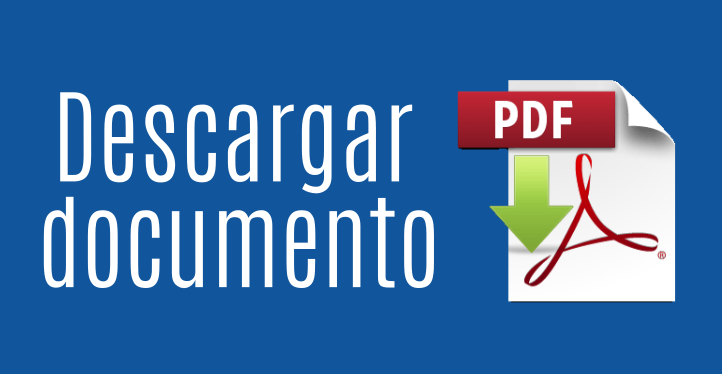An Orl Mex. 2017 abr;62(2):97-107.
Morales-Cadena GM1, Fonseca-Chávez MG1, Valente-Acosta B2, Gómez-Sánchez E3
1 Servicio de Otorrinolaringología y Cirugía de Cabeza y Cuello, Facultad Mexicana de Medicina de la Universidad La Salle. Hospital Español de México, Ciudad de México.
2 Servicio de Medicina Interna, Centro Médico ABC (The American British Cowdray Medical Center), Ciudad de México.
3 Servicio de Perinatología, Educación en Ciencias de la Salud, Instituto Nacional de Perinatología, Ciudad de México.
Resumen
ANTECEDENTES: las estrategias de enseñanza-aprendizaje han cambiado convirtiéndose en más dinámicas, interactivas y centradas en el alumno. Los procesos de aprendizaje serán exitosos si se acompañan de motivación y compromiso de los alumnos.
OBJETIVO: determinar cómo se comporta la variable motivación y las estrategias cognoscitivas de aprendizaje en diferentes grados académicos dentro de la medicina.
MATERIAL Y MÉTODO: estudio cuantitativo, observacional, analítico de corte transversal, en el que en noviembre de 2015 se aplicó el cuestionario Motivated Strategies Learning Questionnarie versión corta, en español (MSLQ-SF) a estudiantes de medicina, internos de pregrado y residentes de posgrado. Los datos se capturaron en una planilla de Excel 2001 y se exportaron a IBM SPSS Statistics versión 21. Se realizó un análisis exploratorio de datos, estadística descriptiva e inferencial.
RESULTADOS: se incluyeron en el estudio 153 alumnos: 14 estudiantes de medicina, 60 internos de pregrado y 79 residentes de posgrado. La variable motivación muestra un comportamiento descendente, en ella el nivel más alto lo ocupan los estudiantes y, por último, los residentes; sin embargo la única subescala para la variable motivación que mostró resultados estadísticamente significativos fue la ansiedad, en la que el grupo de internos de pregrado obtuvo el valor más alto. En la variable cognoscitiva los estudiantes obtuvieron la puntuación más alta. Las subescalas organización, autorregulación, administración del tiempo y esfuerzo tuvieron diferencias estadísticamente significativas, y los residentes obtuvieron la puntuación más alta.
CONCLUSIÓN: la motivación varía durante el tiempo y de acuerdo con el grado académico; sin embargo, estos cambios no fueron estadísticamente significativos, lo que apoya una teoría multifactorial que explica el comportamiento de la motivación intrínseca y se contrapone con las teorías que apoyan como factor determinante el grado de madurez del individuo.
PALABRAS CLAVE: aprendizaje en medicina, motivación, motivación intrínseca, motivación y aprendizaje, estrategias cognoscitivas.
The importance of motivation and learning strategies in teaching medicine.
An Orl Mex. 2017 April;62(2):97-107.
Morales-Cadena GM1, Fonseca-Chávez MG1, Valente-Acosta B2, Gómez-Sánchez E3
1 Servicio de Otorrinolaringología y Cirugía de Cabeza y Cuello, Facultad Mexicana de Medicina de la Universidad La Salle. Hospital Español de México, Ciudad de México.
2 Servicio de Medicina Interna, Centro Médico ABC (The American British Cowdray Medical Center), Ciudad de México.
3 Servicio de Perinatología, Educación en Ciencias de la Salud, Instituto Nacional de Perinatología, Ciudad de México.
Abstract
BACKGROUND: Currently teaching-learning strategies have changed to become more dynamic, interactive and learner-centered; however, it is recognized that the learning process will only succeed if it is accompanied by motivation and commitment of students.
OBJECTIVE: To determine how the variable motivation and teaching strategies behave in different degrees of medicine.
MATERIAL AND METHOD: A quantitative, observational, analytical, cross-sectional study was done. Motivated Strategies Learning Questionnaire short version in Spanish (MSLQ-SF) was applied in November 2015 to medical students, internal undergraduate and postgraduate residents. Data were captured in an Excel 2001 version 14.5.1 and exported to IBM SPSS Statistics version 21. An exploratory analysis of data, descriptive and inferential statistics were conducted.
RESULTS: 153 students, 14 medical students, 60 internal undergraduate and 79 postgraduate residents were included. The motivation variable has a downward trend, the highest level was occupied by students and residents, nonetheless, the only subscale for the variable motivation which had statistically significant results was anxiety, where the undergraduate group of inmates obtained the highest level. For the cognitive variable students obtained the highest score. Organization, self-regulation, management time and effort subscales had statistically significant differences where residents obtained the highest score.
CONCLUSION: Motivation varies during time and according to the academic degree; however, these changes were not statistically significant, which supports a multifactorial theory explaining the behavior of intrinsec motivation and is contrary to theories supporting as determinant factor the degree of maturity of subject.
KEYWORDS: learning in medicine; motivation; intrinsic motivation; motivation and learning; cognitive strategies


